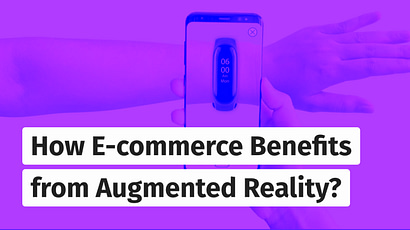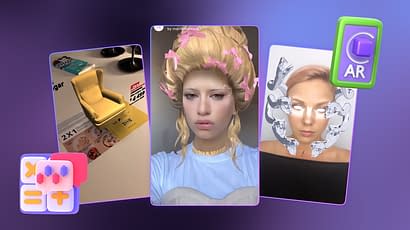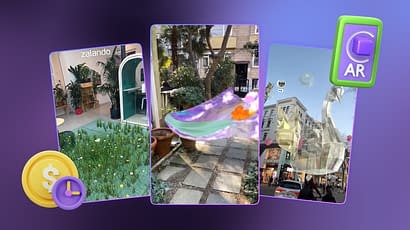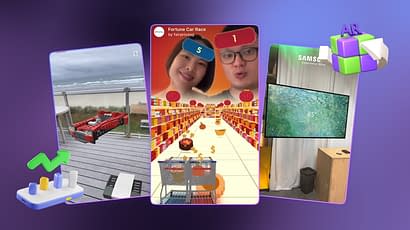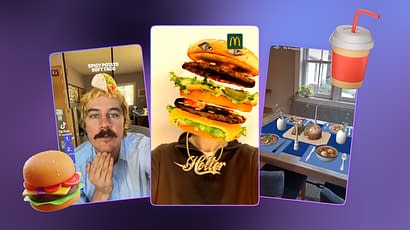L’oreal, Ikea, Sephora, Nike, Lego – this is a small list of brands that successfully use Augmented Reality in ecommerce. The last 2 years have turned out to be quite significant for AR as the changes caused by the pandemic have put people on the path to finding alternative ways. The walls that used to exist between consumers and physical stores are gone. While life is returning to normal, 66% of people are interested in using augmented reality technology for help when shopping.
Each of us wants to have the opportunity to see where and how the desired product could fit into our lives without leaving home. That is why AR is beneficial for e-commerce. Thanks to technology such as AR, we are moving into a much more dynamic and interesting age.
Keep in mind that according to Statista, the augmented reality market is valued at $11 billion and is set to increase to $198 billion by 2025.
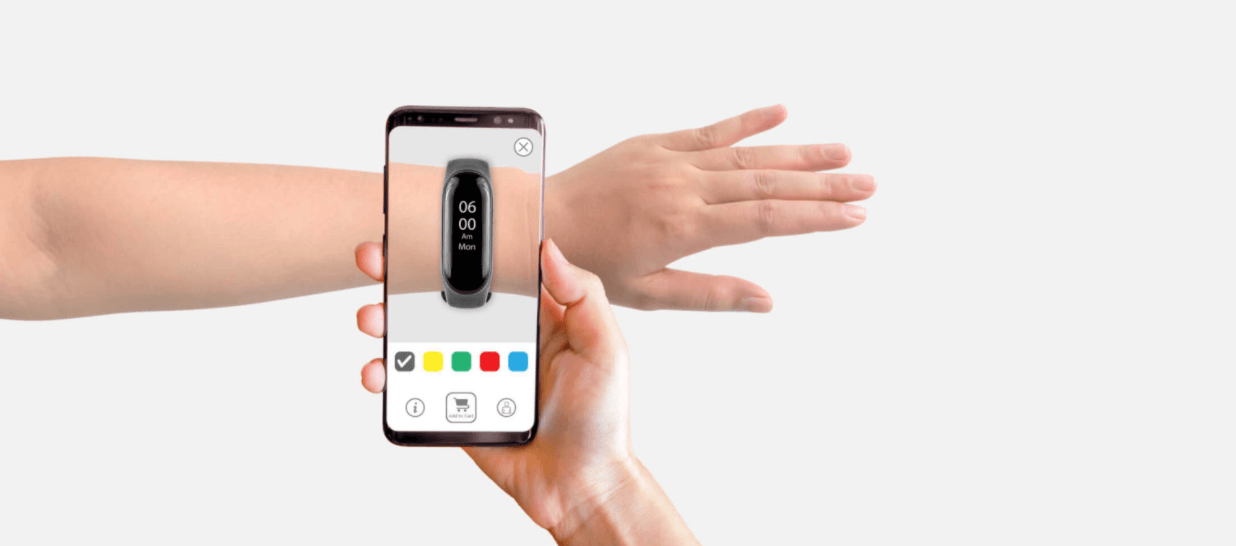
So, specifically, why does AR work for e-commerce?
It makes your commerce faster, powerful, and more connected
Any one of us has probably ever dreamed of having the opportunity to view, try and buy the desired product without leaving home. AR gives customers control over digital elements in their real space. That’s why this technology makes your commerce faster, more powerful, and more connected.
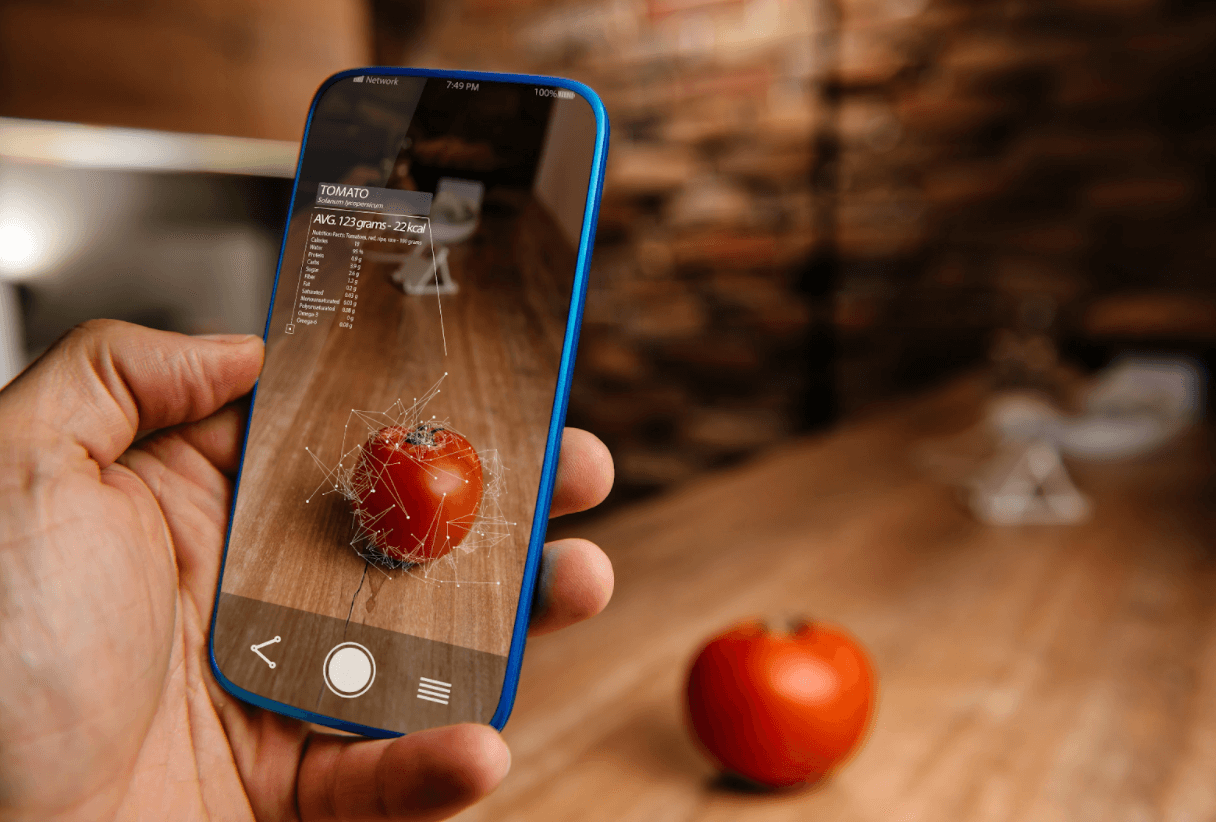
Reduces product return rates
Do you want to save your commerce on shipping, restocking, and repackaging costs? Then it’s time to implement AR technologies in your business because it offers your customers a unique opportunity to try items in their real space before buying them. A real-time 3D view and detailed information of a product help the consumers to understand the products better. The possibilities of mismatch, wrong size, or color are decreasing. Accordingly, in the case of AR, the product return rates are minimized.
Prevention of spreading virus
After covid-19, e-commerce has been the only option for shopping. Social distancing has become a big concern in the modern world. It is one of the main reasons why online sales are higher than they’ve ever been in recent years. AR technologies have had a great impact on these processes. For example, QR codes have been a part of our life since Covid 19 outbreak, helping us reach the menu without any contact. Also virtual try-on and try-out features reduce the need for products to be handled.
AR experience types that are used successfully by famous brands
1. Image-based

Image-based AR is known as recognition-based AR. It is a visual clue where to position AR content. The camera recognizes any image, logo, or any kind of 2D object. Instead of using the image, the app can also detect surfaces. Why is it good? You allow your consumers to decide where they will place the content. In this case, any surface works. It also works if you have larger models.
Example: If you download the app and point your camera at any Jack Daniel’s Tennessee Whiskey bottle, the brand will tell you its story. The app features animations, voice-overs, and all the stories that have made this brand unique and so special for more than 150 years.
Benefits:
- Enables marker-based AR experiences as known as images
- Has multiple targets and extended tracking
- 100% in-house developed
- Optimal for indoors and outdoors
2. Markerless AR

Markerless AR is proof that opportunities are limitless. It scans the surrounding environment and retrieves the augmented reality content. If you scan the floor, table, or wall, the system will analyze the environment to define virtual coordinates related to the real environment.
Markerless AR is used both in apps and with WebAR.
Example: Red Bull TV app on your smartphone allows you to experience a unique adventure from the perspective of the riders. On the way up Kilimanjaro, you will meet realistic mountains in your living room. What you need is to move your fingertips and explore this exclusive content.
Benefits:
- Increases the average range of motion while experiencing AR
- Gives you an option to share the experience with others
- Has wider field of view for AR content
3. Marker-based AR
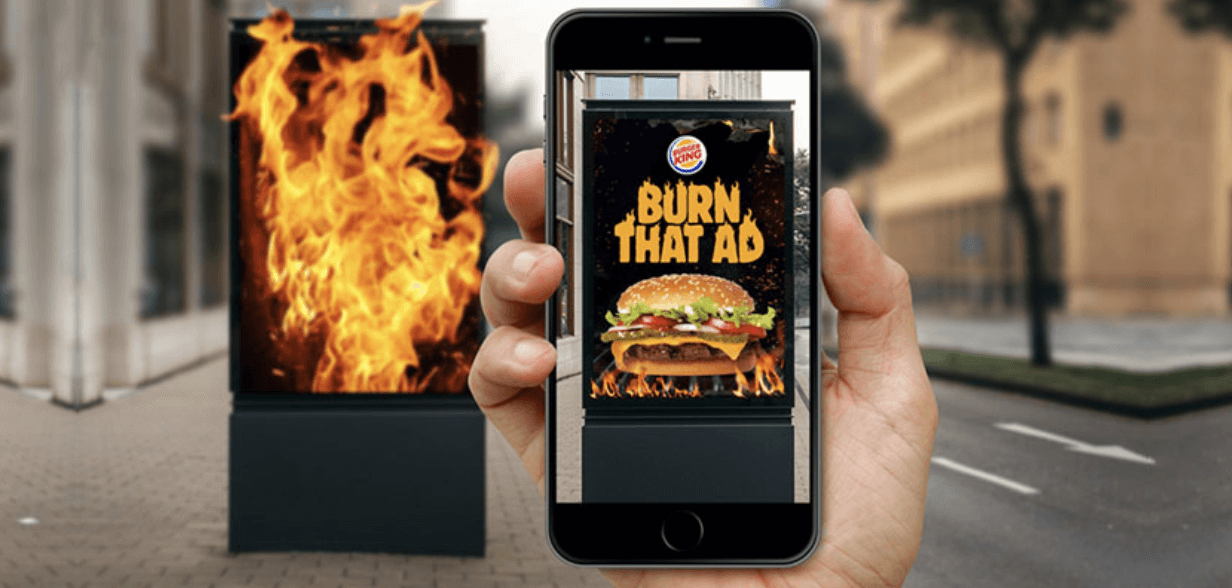
Marker-based AR scans a marker that triggers augmented experiences. The marker can be anything: an object, text, video, or animation. Remember, that a great marker is with detail a range of scales, that will give more robust tracking. This type of AR is the easiest to produce, and most available since it supports a larger variety of devices.
Example: Burger King did a genius AR campaign. Users could point their camera at the competitor’s ad such as Macdonald’s print, coupon, or billboard and watch how they were catching on fire, leaving a coupon for a free whopper.
Benefits:
- Easily recognizable
- Ensures impeccable quality
- The AR overlay remains stable
- Simplicity and variety of supported devices
AR will become a normal way to shop in every store in the next five to 10 years. It is time to bring your customer on an exciting journey to a virtual world of your brand, where AR comes into play.
